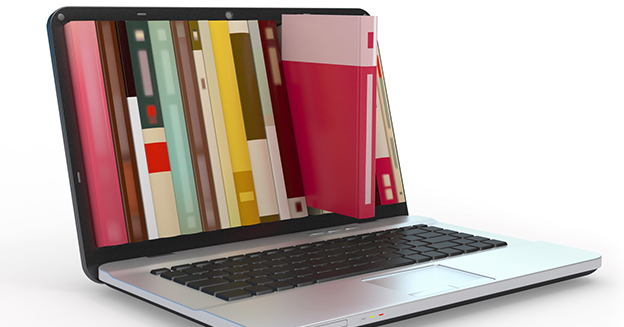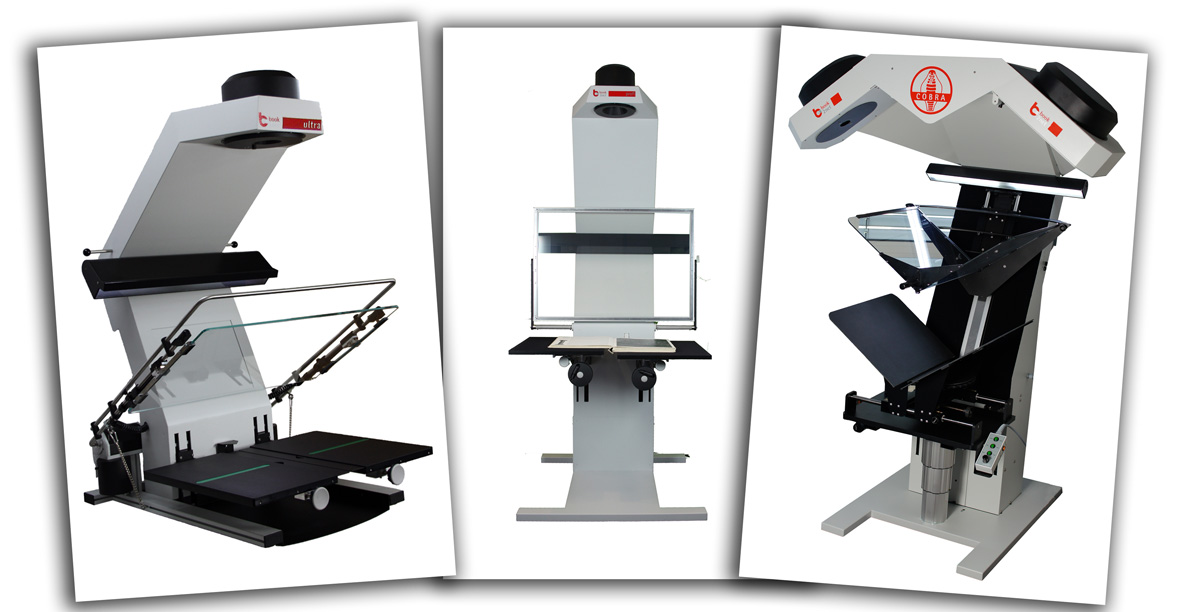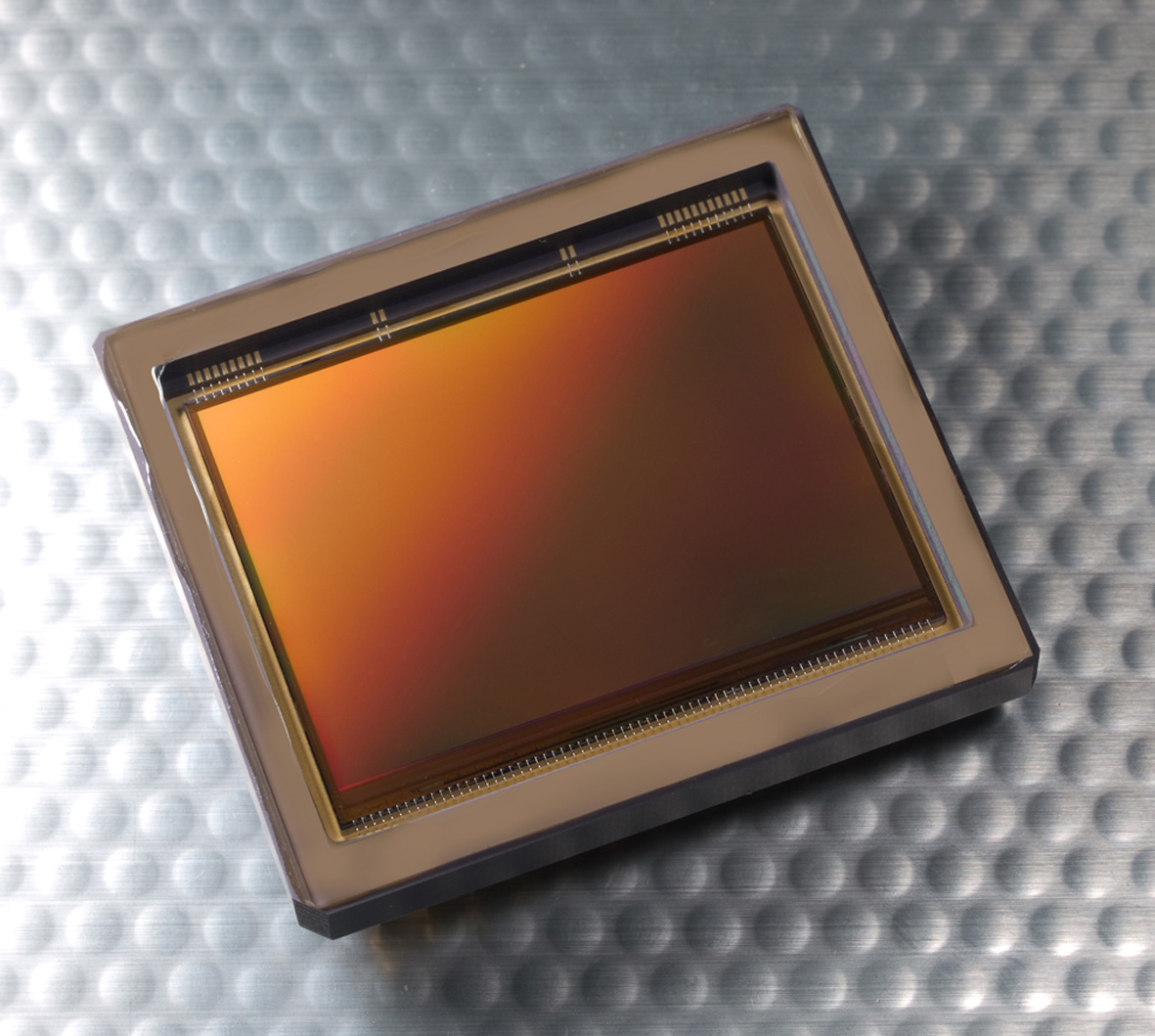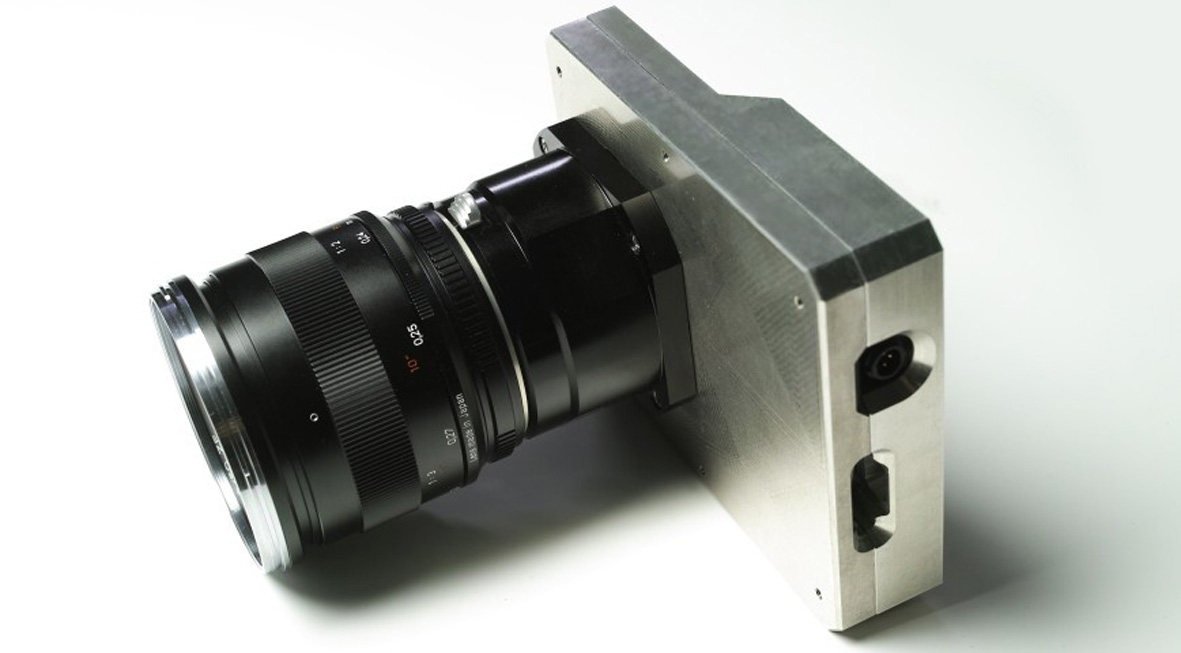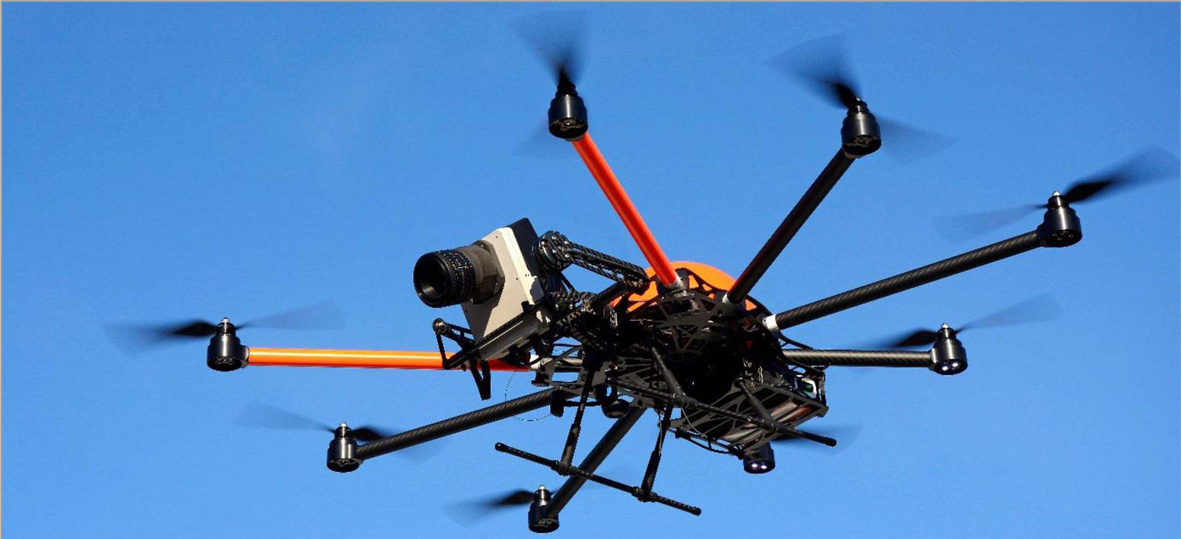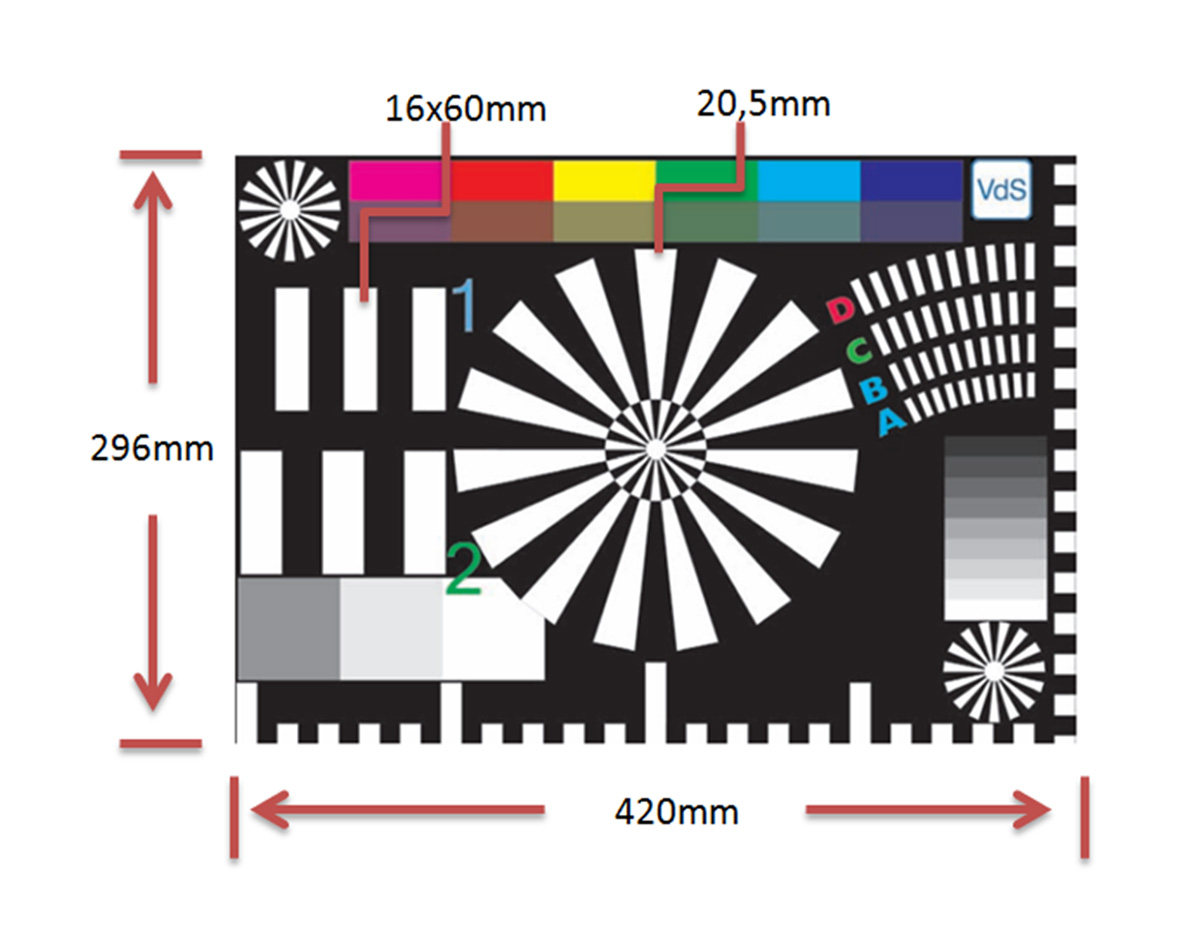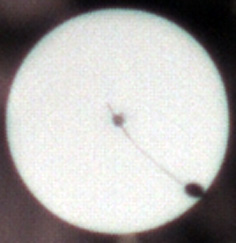Digitizing analog documents, books and works of art has developed into a broad-based professional activity with the aim of saving and preserving our cultural heritage and making it accessible to research and reference for generations to come. The proliferation of digital image processing and enhancement techniques along with the development of high-resolution and color-stabilized cameras, the proper storage and distribution media has brought professional digitization systems into the mainstream of technology evolution, not as present as entertainment media but an equally important technology.
Almost every library and document repository in the developed world today has a well-funded department charged with the ongoing effort of digitizing their holdings. This is, no doubt, a costly and tedious task, since every book has to be scanned page by page by specialists who know how to handle sometimes unique, irreplaceable and fragile items with due respect to their status. Equally demanding are the requirements placed on the design of the equipment used in this process to prevent damage to the items scanned.
High-resolution cameras specifically designed as book scanners are a precondition for these delicate tasks. Equally important are professional organizations and industry groups such as “book2net” – an international alliance of solution providers and users – developing the appropriate scanning systems and procedures for archives, libraries and museums around the world. An additional objective is the continuous upgrade of these scanning systems to meet the increasing user demands.
Microbox GmbH, a highly specialized systems developer and service provider in this field, headquartered in Bad Nauheim, Germany, is marketing a broad range of book2net book and document scanners. Their systems are equipped with sophisticated LED illumination systems and are offered in several configurations from manual entry-level to fully automated workflow optimization. Additionally they feature OCR character recognition and support a wide range of standard, single- and multi-page file formats. An online document and book presentation software, called “Virtual Reading Room” enables an authentic reading experience of the scanned materials (Figure 1).
The company focuses on two major product areas: high-end laser printers and document scanning systems. Microbox laser printers are enabling automated microfiche documentation and archiving at an extremely high resolution, storing 64 pages of documents in the formats DIN-A4 to DIN-A0 on a single 35mm film frame. Together with the image’s metadata this represents 300 millions of pixels in a 36 x 24 mm image area.
Microbox, in business since 1958, has developed and delivered numerous innovative solutions for micro-form and document scanning systems. The list of customers and partners – archives, libraries, universities, museums, public authorities, and service providers – reads like a Who is Who in document scanning and preservation.
The Microbox book and document scanners, which accommodate DIN-A3 to A0 size formats, are marketed though the bool2net alliance of companies. They provide ecologically and economically viable digitization concepts for public use and for the industrial manufacturing floor.
Sensor Layout
About two years ago, in the context of expanding its offering of book scanners, Microbox became aware of the new extremely high-resolution CMOS image sensor developed by CMOSIS, a pure-play supplier of standard and application-specific CMOS image sensors for industrial and professional markets such as machine vision, scientific, medical, automatic data capture and space, headquartered in Antwerp, Belgium. Their low-noise area-array sensor CHR70M realizes an up to now unprecedented image resolution of 71 Megapixels on a 36 x 24 mm² CMOS chip, laid out in a square pixel pitch of 3.1µm (Figure 2). The CHR70M sensor provides an extremely large image area of 10,000 by 7,096 active square pixels in a standard Bayer color layout but is also available as a grey-scale system with even higher resolution.
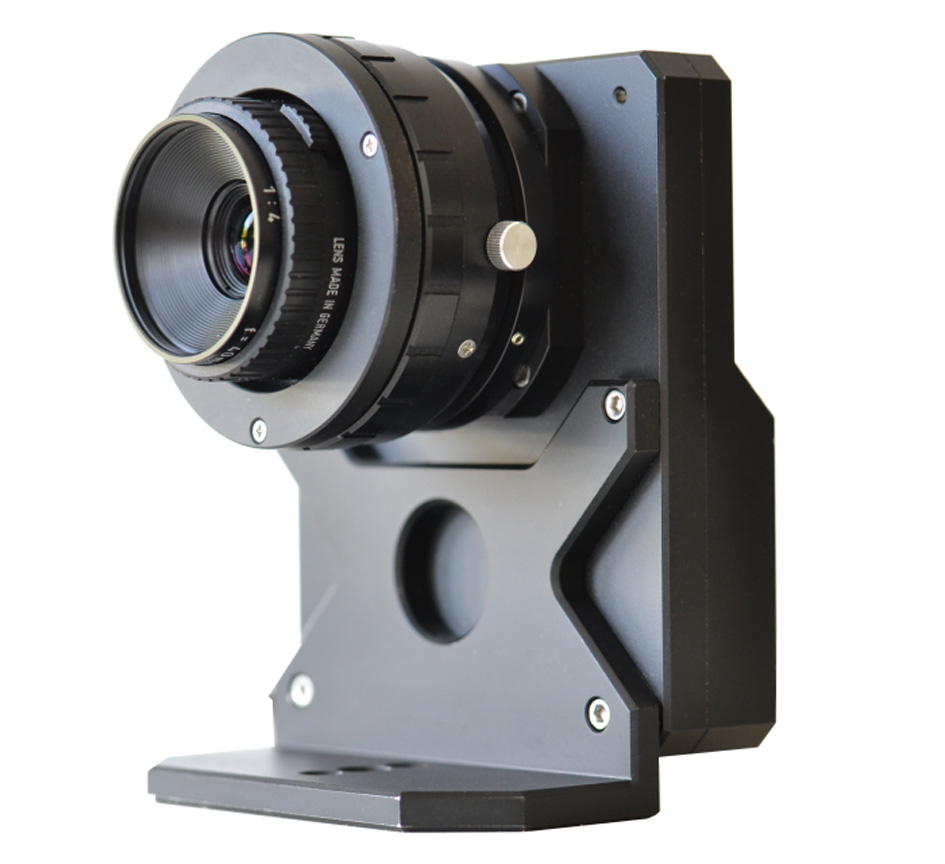
Figure 3: Microbox X71 Library Camera offering a 71 MP resolution/ Microbox Machine Vision Camera K71
The CHR70M was designed as a very high resolution CMOS area-array sensor. The array consists of 3.1μm x 3.1μm pinned diode pixels. The image sensor has eight analog outputs, each running at 30MHz, which results in a frame rate of 3fps at full resolution. Higher frame rates can be achieved in windowing or subsampling mode. The image sensor also integrates a programmable gain amplifier and offset regulation.
One of the special features of the CHR70M is its configuration with shared pixels. In this layout, two pixels are sharing two readout transistors instead of having two transistors in every pixel. The result is that there is more room inside the pixel area usable for the photodiodes to capture more light. Another benefit is that the pixels can be made smaller (3.1µm) at a higher sensitivity. At the time of the development of the CHR70M this pixel grid layout was unique and hadn’t been realized before on this kind of device. Today, the technique has become more and more common.
Special precautions were taken to assure that the pixels with shared readout behave similarly in terms of offset and gain to avoid checkerboard-like artifacts and the need for calibration. This is particularly important for the B/W version of the sensor since the effect, if present, would be masked by the CFA pattern in the color-version. Due to the staggered layout of the readout circuitry all pixels show similar MTF behavior and angular sensitivity. The use of pinned photodiodes today is a standard technique in pixel formation. Compared to pinned diode designs of ten years ago their dark current is much smaller at 3.2 e–/s (at room temperature).
All relevant sensor settings are programmable via its built-in SPI interface. A programmable on-board sequencer generates the internal exposure and read-out timings. External triggering and exposure programming is also possible. The CHR70M works with 3.3V signaling levels. It is packaged in a 65-pin ceramic PGA.
Camera Layout
Based on this advanced sensor, Microbox decided to start the development of the very-high-resolution camera K71, at the time in the framework of an industrial-automation R&S program supported by the German Federal Ministry of Economic Affairs and Energy (BMWI). Quickly, the project took on its own dynamics expanding its direction to various other scanning and inspection tasks. Most attractive to Microbox was the CHR70M’s electronic (rolling) shutter, which ensures long-term stable and precise operation. This combination of rolling shutter and high resolution was not available in any other sensors available on the market. The CHR70M sensor, despite its rather large pixel size, has the decisive advantage of a high frame rate, providing three images per second. It is available in a grey-scale and standard Bayer color version.
To adapt the sensor’s noise performance and dynamic range of 63 dB to the intended industrial and document scanning uses, Microbox added a temperature stabilization scheme to the K71 camera using a passive Peltier cooling system. This way, the sensor’s temperature is kept at a fixed temperature of 15 °C. It can also be adjusted to any other required level. In the realm of document scanning and long-range high-resolution surveillance this is a feature that no other camera offers. Generally speaking, the lower the temperature is the better is image quality.
The latest building block in Microbox’s continuously evolving program of book scanners is the library camera X71 (Figure 3). The X71, as well as its machine-vision version K71 intended for industrial and aerial surveillance applications, offer the unrestricted use of all f-mount standard lenses of various focal lengths. Both feature an image capture rate of 350MB via an USB3.0 interface, adjustable exposure times (by means of a robust electronic rolling shutter) of 100 µseconds to 2 seconds, at a frame rate of 3 images per second. The K71 machine-vision camera is primarily directed at industrial applications, such as material analysis, quality control, surface inspection, testing of display monitors, printed circuit boards, etc.
In addition to their extremely high resolution, the Microbox X71 book-scanning camera and the K71 machine-vision and surveillance cameras were designed to have a very low power consumption, low noise floor and large dynamic range, delivering a frame of up to 3 frames per second. Prior to adopting the 71-MP sensor, Microbox had used a 40-MP sensor featuring a 6.3-µm pixel pitch and mechanical shutter.
Aerial Surveillance
The K71 camera has proven to be very advantageous in the rapidly developing field of aerial surveillance and inspection. To accommodate these applications the K71 can be mounted on a drone or multicopter powered by a Li-Ion battery. For this application, the K71 offers the special advantage of being extremely lightweight when housed in a compact and sturdy magnesium case (Figure 4).
This configuration suits battery-powered drones with a maximum total weight of 5 kilograms. They can be operated, depending on local regulations, with a general flight license as long as they are climb no higher than 100 (or 150, resp.) meters and stay outside of a range of 1.5 kilometers to the closest airport or other restricted area. These local flight restrictions are usually programmed into the drone’s accompanying set of software.
The Microbox K71 is the lowest weight aerial surveillance camera on the market. It weighs just 420 grams fitted in magnesium housing, including an f-mount 50mm f/1.8 lens. This is less than half of its weight in the regular aluminum casing for industrial application. Even when equipped with a bare-bone imaging processor (350 grams) on a small PCB mounted to the back of the camera, its total weight still is less than 1,000 grams.
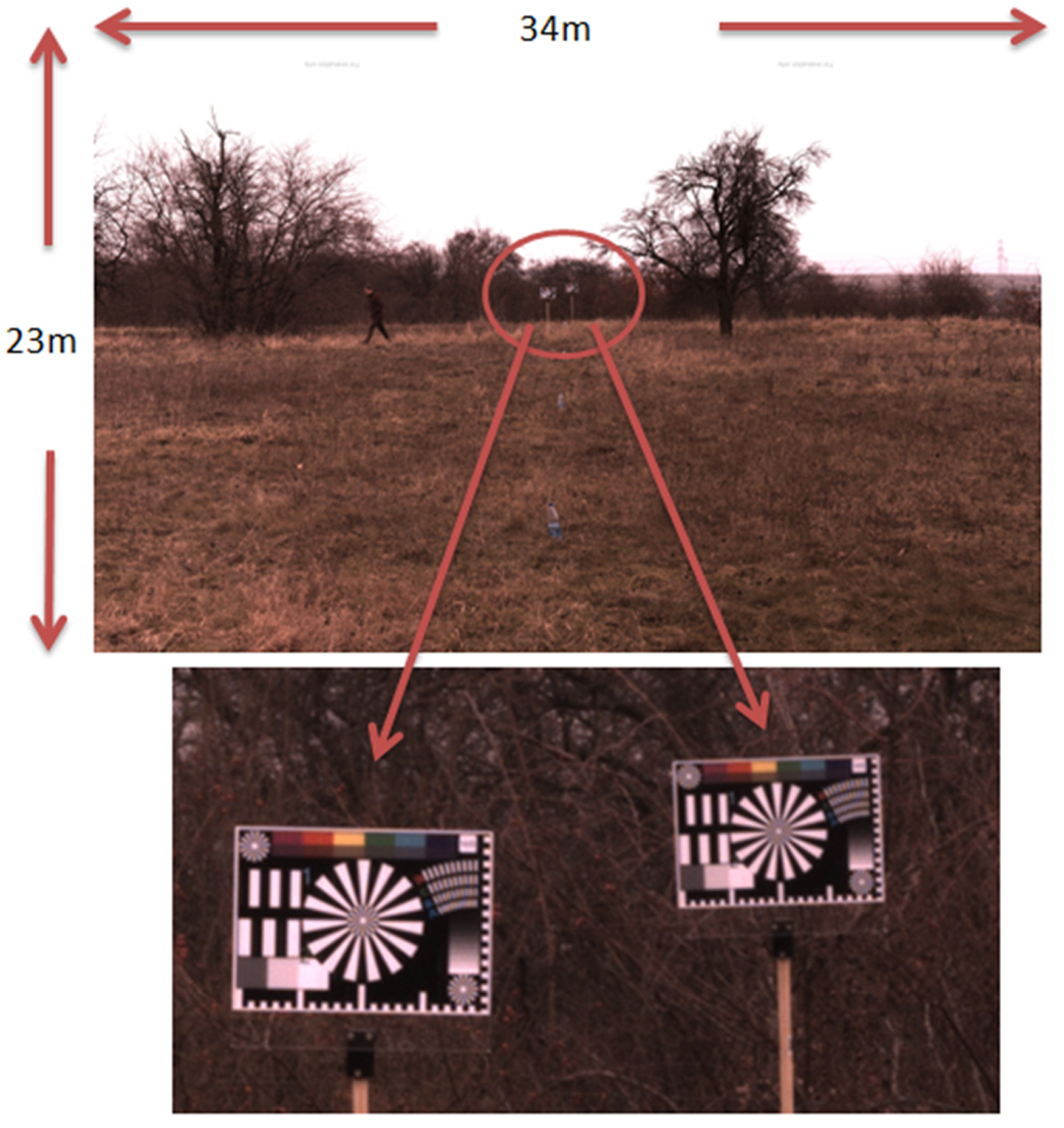
Figure 7: Two Vds test charts placed at a distance of 40 meters and 50 meters, resp. (a) and captured by a K71 (b). Both show finest details.
The Flight Roboter HT-8 made by Microbox partner Height-Tech located in Bielefeld, Germany, is made of a carbon-plastic shell having a total diameter of 90 cm at a height of 45 cm. Total weight including a payload of 2,650 grams is 5 kilograms, including the cardanic mount of battery and camera (Figure 5). Its climb rate is 10 meters per second; maximum altitude above sea level is 3,900 meters. Besides integrating the camera and battery, the drone features a GPS receiver, several sensors for measuring air pressure, acceleration and temperature, a gyroscope and a compass. Ground control is carried out by a pilot (required by law) from a portable steering box with precise joysticks and a 7-inch live-view monitor.
Once aloft, the drone must be carefully stabilized to keep its intended position at the selected height and observational angle without veering off sideways, even at a wind force of 5. Low power consumption and good battery performance are a must. In the HT-8 this stabilization is guaranteed by eight small-diameter vertical propellers, which generate very fast moving air columns.
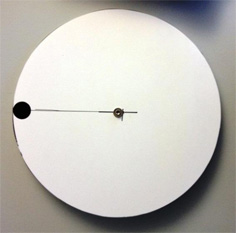
Figure 8a: Test disk of 385mm diameter, rotating with 12-14 turns per second. The black dot at its circumference speeds up to 45-50 km/h
The operating time of a drone in this context is usually specified as 20 minutes. Under real-world conditions this goes down to about 15 minutes. A rule of thumb says that for every 100 grams of payload added the drone looses 1 minute of flight time. Thus, if quipped with one of today’s typical heavy-weight aerial cameras, a multicopter of the 5-kg category would not be able to take off at all. The alternative is then using one with a combustion engine. But this option requires a lengthy application and approval process.
With its favorable performance specs the Microbox K71 is well suited for all kinds of demanding industrial aerial surveillance uses. An example would be checking the status and proper function of a wind generator turbine for damages after being struck by lightning. Another novel application Microbox is currently working on is a project at the Dubai (VAE) International Airport. There a low flying drone with a K71 high-res camera will used to check the condition of the runway surface, especially at night time when there is a lull in air traffic.
Another perfect K71 application just taking off is the supervision of large building sites from above. A camera-equipped drone will fly over the site once a day to check whether construction tools and materials are still completely there and not stolen – which is quite typical for large construction sites around the world. Inspection by drone is becoming standard equipment for such sites.
Ground-based Surveillance
Surveillance of public places, buildings and sports arenas for forensic purposes today is usually carried out through the deployment of a number of video cameras connected via a drawn-out network of coax cables to deliver the captured images to a control and monitoring center for observation, storage and analysis. This requires a complex infrastructure and processing facilities.
Deploying just a few high-resolution still cameras such as the K71 with its high pixel count and delivering three frames per second can save up to 90 percent of the video processing expenditures. It offers the same amount of visual information derived from just a few strategic viewpoints. This enables inconspicuous observation from afar. Yet it will deliver a total view of the entire scene together with the finest details.
In forensic applications, such as inspecting and documenting crime scenes or observing buildings and facilities that need special protection, high-resolution cameras such as the K71 are beginning to replace the ubiquitous video systems. The limitations of video are its low resolution and its narrow field of view. A K71 camera, on the other hand, captures a complete scene, such as a fan block in a soccer stadium, where a video camera would deliver only a small group of spectators. The higher the resolution of an inspection camera is, the farther away can it be placed. This is important in case of objects that require keeping a certain safety distance. Point to point navigation solely based on a GPS system is feasible but is generally not practiced.
Figure 7 shows a Vds test chart measuring 420 x 296 mm², which is standard worldwide for video surveillance when detecting and identifying persons. An example of the K71 image quality is given in the photograph of two Vds test charts shown in Figure 7, placed at a distance of 40 and 50 meters, resp., from the camera. In a zoomed view of both charts the circular test pattern in the center, whose black and white patterns are spaced 25 mm at the circumference, is clearly discernible. The camera’s large focal depth aids in clearly depicting both charts despite the fact that they are placed 10 meters apart.
A special test item is the 385mm diameter rotating disk developed by Microbox to test the time resolution of the K71 (Figure 8) to show the K71’s excellent temporal resolution. The disk carries a black dot measuring just 34mm in diameter close to its circumference connected by a thin line (1mm wide) to the center. The question was how well the K71 would capture the dot and the connecting line when the disk is rotating with 12 to14 turns per second, meaning the black dot is moving at a rotational speed of 45 to 50 km/h. The results shown in Figure 9b demonstrate that the K71 Camera is able to capture and resolve the rotating dot whereas the human eye is not.
Authors: Pieter Willems is manager standard products at CMOSIS n.v, Antwerp. Stephan Welp is general manager at Microbox GmbH, Bad Nauheim.
Sensor Specifications
Active Pixel Area 31 x 22mm
Resolution 70MP – 10000 (H) x 7096 (V) pixels
Pixel size 3.1 x 3.1µm²
Optical format 35mm
Shutter type Electronic rolling shutter
Frame rate 3 fps
Output interface 8 analog channels
Sensitivity 0.88 V/lux.s
Conversion gain 64 µV/e-
Full well charge 13000 e-
Dark noise 7 e- (RMS)
Dynamic range 63 dB
SNR max 41.1 dB
Dark current 3.2 e-/s (25 °C)
Fixed pattern noise < 0.09% of full swing)
Chroma Mono and RGB
Supply voltage 3.3V
Power 300 mW
Operating temperature
range -30 to +70 °C (TBC)
RoHS compliance Yes (TBC)
Package 65 Pin PGA


